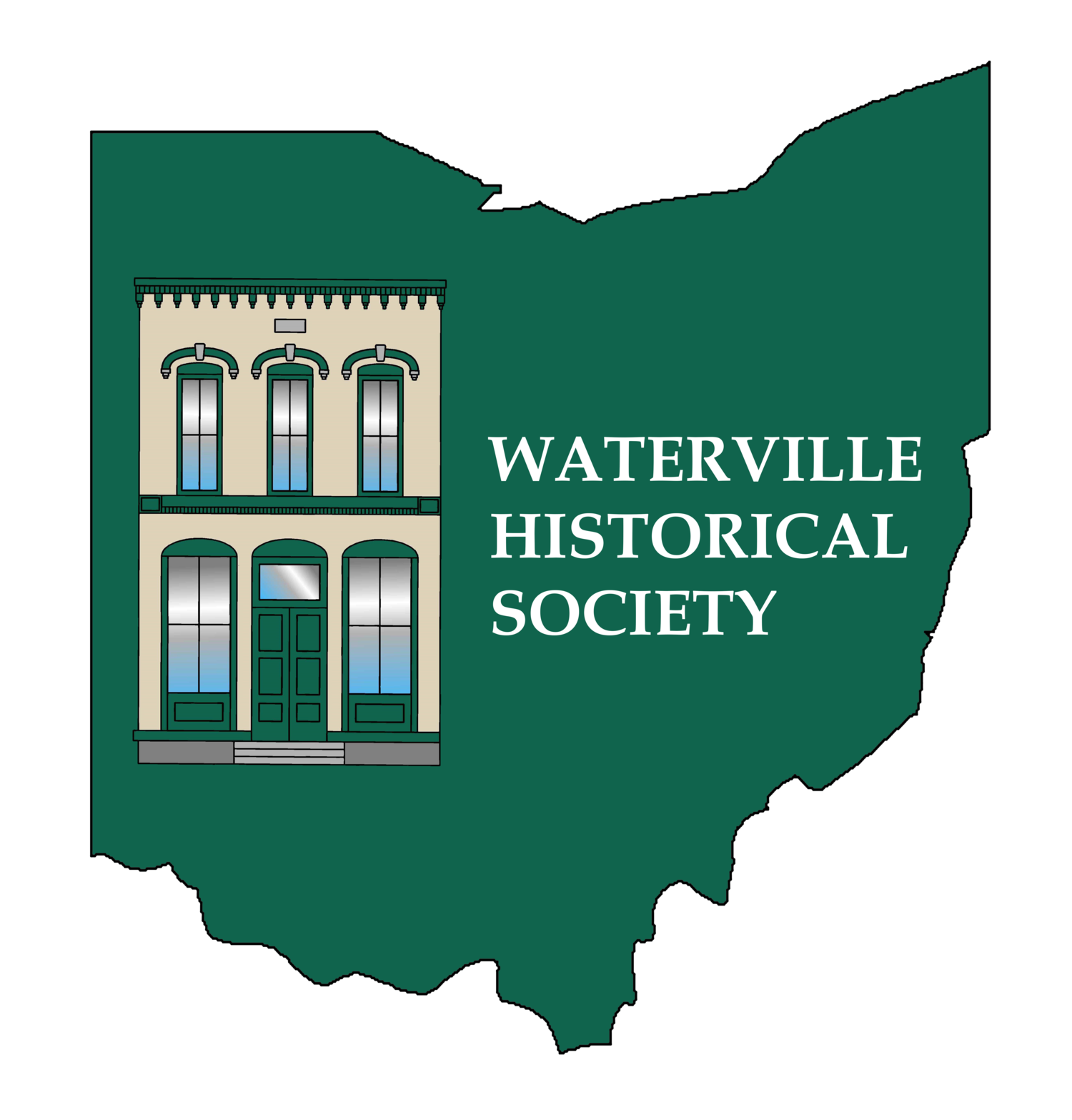The Demise of the Miami and Erie Canal
We have written extensively about opening of the canal through Waterville and the benefits we enjoyed because of it. We enjoyed these benefits for forty to fifty years but the canal had a long, slow decline. Railroads came into being at nearly the same time the canal was opened and expanded over the years. Rail had the advantage of operating the year around and was faster. No steam railroad reached Waterville until 1876-77 when the Toledo and Grand Rapids narrow gauge railroad was built. The canals were built and operated by the State of Ohio and never generated much income, mostly due to maintenance costs. A plan to lease the canal to private contractors didn’t work either as the contractors neglected maintenance and retuned the canal back to the state in severely run-down condition. By 1900 the state wanted to close the canals and get out of the canal business but met a great deal of push-back. Much of what was left of the canal boat traffic was now local and passenger service was entirely owned by the railroads. There were, however, a large number of mills and other businesses paying the state for water rights to use for power. These businesses did not want to lose their relatively cheap power source, so they were adamantly opposed to closing the canal. The final straw came in 1913. The disastrous flood, due to storms which dumped 6 to 12 inches of rain over much of the state, wiped out large sections of the canal making repair nearly impossible. Some sections closed completely and some sections were repaired enough to serve a local area. Note that the old wooden dam at Providence was replaced with a new concrete roller dam in 1908 by John Weckerly and company (paid for by the state) which survived the flood and is still in place today. Locally then, our canal survived the flood and continued to be used for power and recreation, from the dam to Swan Creek in Toledo. The State of Ohio continued to push for the end of the canal business and finally, after surviving court challenges, passed legislation called the Tom Act in 1927 ending canal navigation and then officially closed all of the canal in 1929. Toledo, by 1929, had for some time been planning to turn the canal into a roadway for automobiles. The Mayor and public officials had made plans to drain the canal, with a big ceremony and program to be held on Saturday, July 6 at 2:30 P.M. Thes plans were spoiled, however, when unknown persons on the night of July 3rd created, by blast or shovel, a huge hole in the canal bank on the Utz farm three and one half miles above Waterville. On the morning of July 4 they found the canal rapidly draining to the river (Article in the Toledo News-Bee, July 4, 1929). Mission accomplished but not as planned. So, as we celebrated the opening of the canal on May 8th, we Waterville folks may take some credit for the demise of the same canal by this dastardly act. Toledo then gained the Canal Boulevard which eventually became Rt. 24 and the Anthony Wayne Trail through Waterville..
Authors Note: We Watervillians may also take pride in the fact that our own W. W. Farnsworth, orchardist, State Senator, and first executive secretary of the Toledo Metropark System and having served four two-year terms in the Ohio State Senate, convinced the State to turn portions of the canal lands over to local park boards, thus our local park which bears his name came to be.




